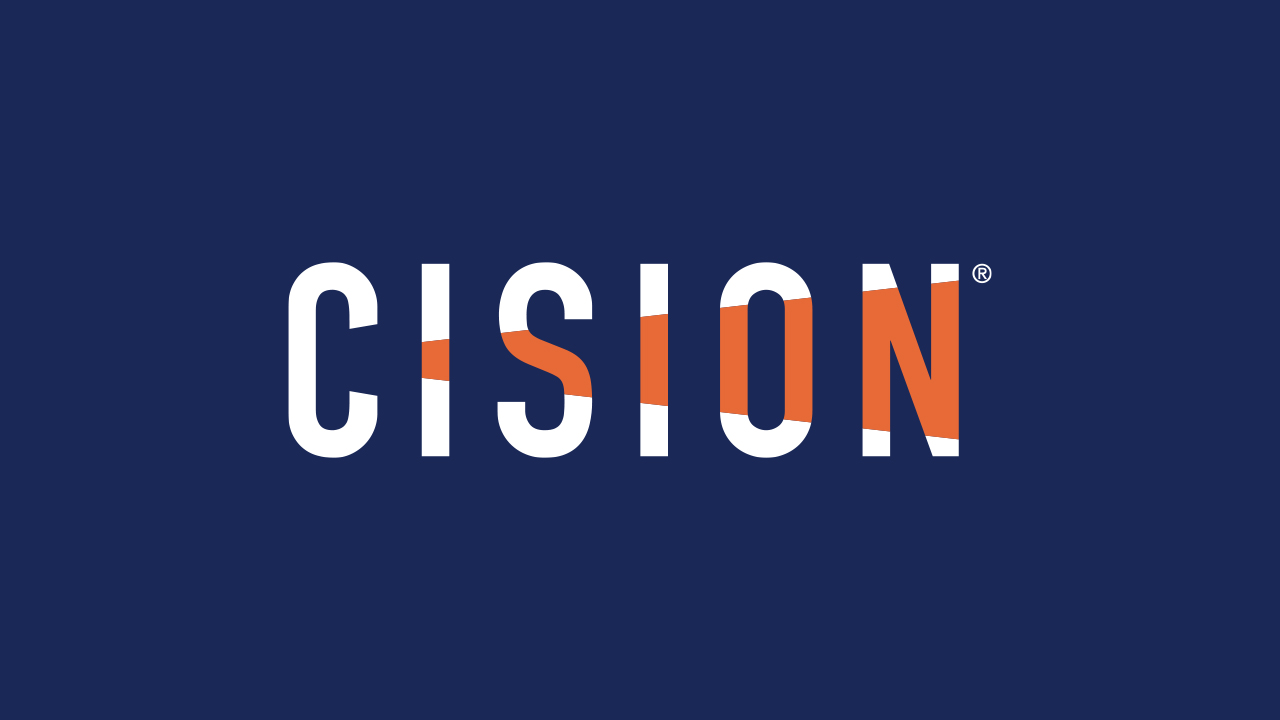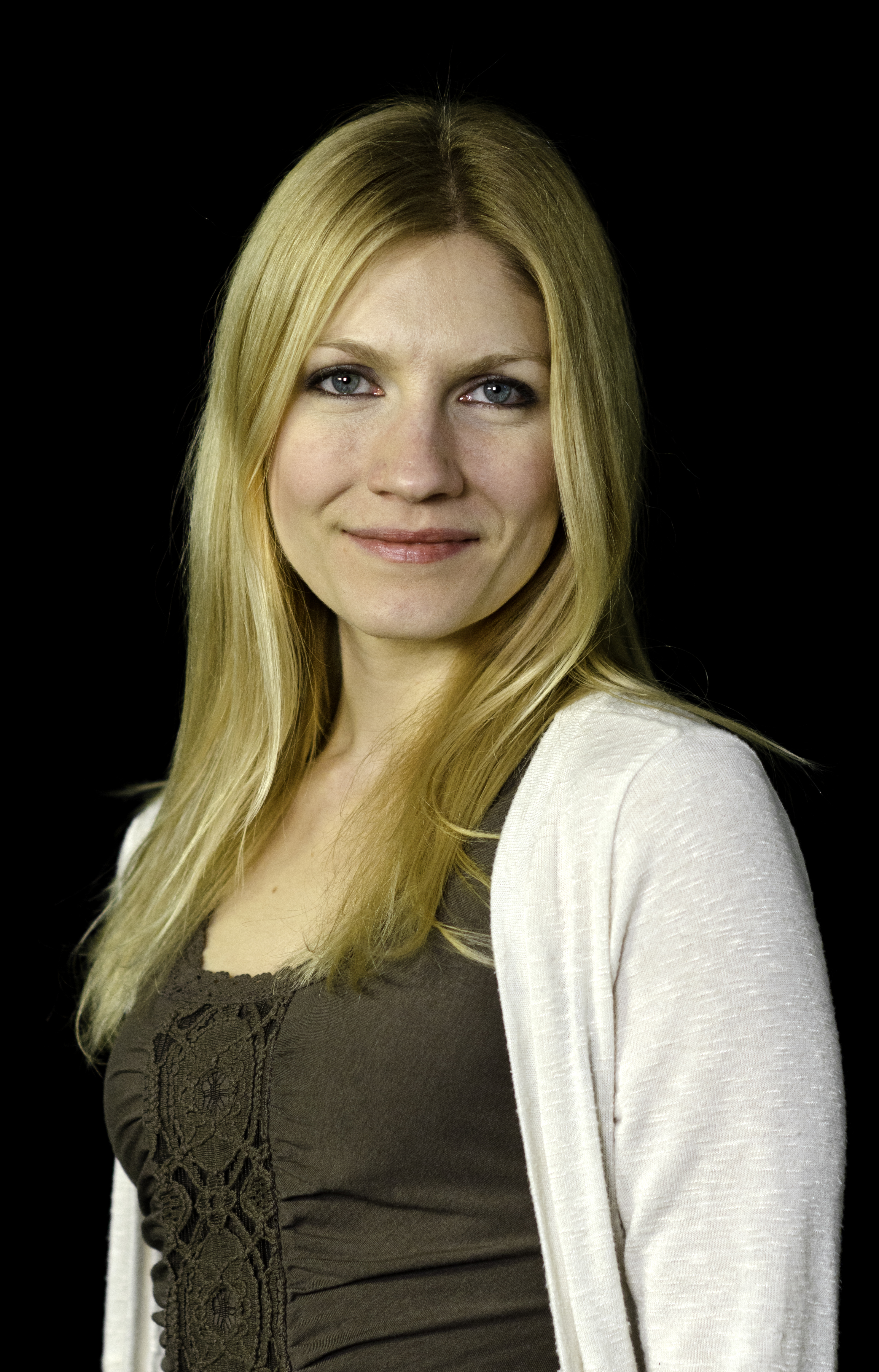The results are in: Cision’s 2021 State of the Media Summit was unequivocally the best one yet (it was also the first one, but that’s neither here nor there). The two-day event – which promised lively and insightful conversation with journalists and editors from revered media outlets across the U.S. and Canada – definitely did not disappoint. We laughed, we cried, we had minor technical difficulties!
But most of all, we learned a TON.
We learned so much, in fact, that I can’t begin to recap every last piece of expert advice and ‘aha’ moments in a couple of blog posts (but dammit if I didn’t try!) Check out 10 of the biggest takeaways from Day 2 of the Summit:
- Context and consistency are “must-have” elements of a good measurement program. In terms of context, for example, you might have a certain number of hits or impressions, but there needs to be context to generate meaning. How do those numbers compare to what’s been done in the past? How do they compare to competitors’ numbers? What’s the bigger picture? And if you aren't consistent with how you’re measuring, you can’t make a fair comparison. It’s critical that you use the same source every time you measure.
- In a virtual world, PR teams need to provide virtual experiences. Here's an example: When the Consumer Electronics Show (CES) went virtual last year, kitchen and bath retailer Kohler needed to turn their traditional event marketing efforts into a virtual experience. The the help of MultiVu, they scheduled one-on-one Zoom interviews with targeted media outlets and created virtual booth tours. They also recorded the interviews, edited and packaged them with supporting content for each outlet. As a result of their efforts before, during and after the event (along with their agility and innovation), Kohler received twice the media coverage they got in 2019 - and at a lower cost.
- If you want to secure a bigger budget, you have to show results. You can’t ask for money without proving what you do. If you can show real value to the business, you can argue for more money.
- The best way to establish good will with journalists is to make their jobs easier. Journalists are stretched extremely thin and wearing multiple hats these days. PR pros can help them by providing them with content that help them build their story. Start with providing multimedia elements like images, videos, infographics and social media posts. Use landing pages to landing pages to educate your audience, house content and direct audiences to the next steps.
- The most successful PR and comms teams don’t work in silos. Communications teams and marketing teams need to get past their rivalries and work together in order to be truly effective. After all, you’re trying to tell the same story and share the same messaging across channels. The most successful teams work with each other, use one another’s strengths and build on one another’s successes. When PR, communications and marketing come together, "that’s when the magic happens," as one panelist put it.
- The old way of approaching PR no longer applies. PR has evolved from “pitch, monitor and measure” to “research, planning, execution and measurement.” The problem with the old way is that you’re now competing with the hundreds other pitches journalists are getting each day. You need to break through the noise. Monitoring is also more complicated because you have more channels to track and analyze. And measuring is a challenge because marketing and communications teams are often siloed, with different objectives and different reporting methods. The new approach emphasizes a more focused approach to outreach, and continuous iteration of your strategy based on data and insights.
- Try taking a “test and learn” approach to planning. Start with a hypothesis (e.g. “We think this brand message will work with audiences, and we’ve set this goal.”), then work backwards to plan your strategy. If, say, in three months, you want to achieve a 3% click-through rate, you can apply the math and calculate how many people you need to reach. Once you’ve executed, start monitoring on a daily basis. Ask yourself if your approach is working the way you want it to, and if it’s not, adjust appropriately. Maybe that means changing your message or targeting different media outlets. The key is to be agile and constantly streamline your strategy.
- Use social media to amplify earned media. A great way to ensure ongoing traffic to the article is by amplifying it through your social media channels. You should also partner with marketing and see if there’s an opportunity to use digital advertising or paid search ads to direct people back to the article.
- Social listening is a critical part of the PR toolkit. Social listening – or social media listening - is the ability to gain insight from the vast public online conversation and turn it into action. For PR teams, it enables you to not only gain a deeper understanding of your customers, consumers, the industry, your competitors and your own brand reputation, but it gives you the chance to gather insight that you can act on in real time.
- Three key steps for PR success in 2021 are…First, predictive use of data is a must. Second, you must be authentic and consistent in your brand activism (customers can smell “performative activism” a mile away). Finally, implement social listening as a cricital part of your PR toolkit.
Ready to put these learnings into action? We can help! Talk to a Cision expert today.








